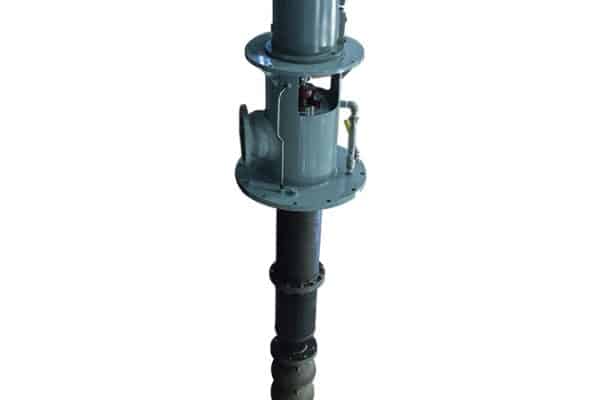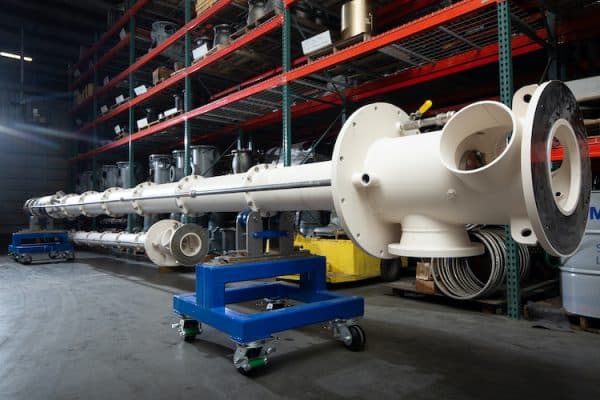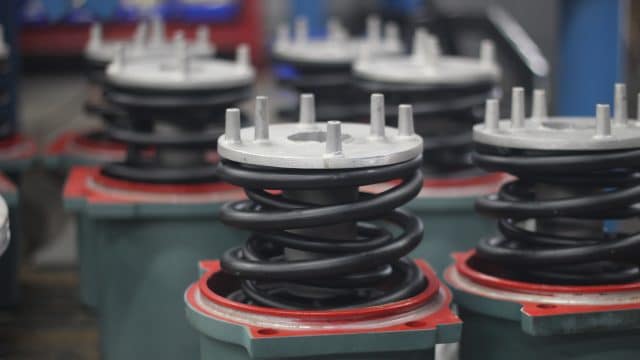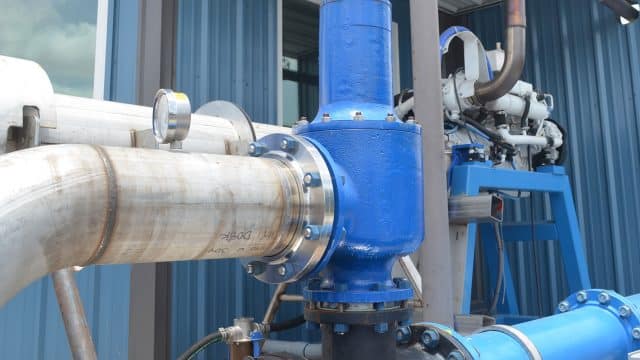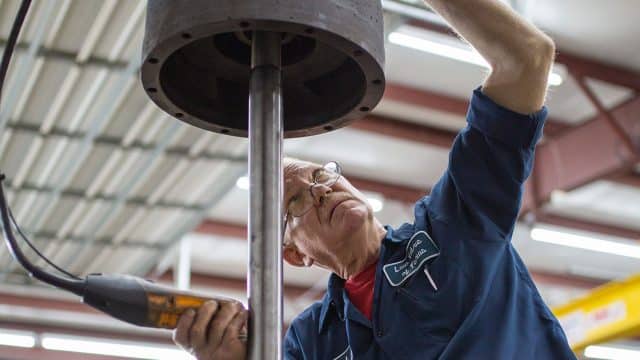Did you know you can get a liquid to flow up? You don’t need a science fiction anti-gravity device, and you don’t need to attend an academy for wizards. All you need is an extremely useful device called a vertical turbine pump. But how do they work? Keep reading this short guide, and you’ll knowRead More >
Vertical Turbine Pumps
All About a Deep Well Vertical Turbine Pump
For 2,000 plus years, inventors and engineers have constantly researched and refined various pumps for moving liquids and sludge. The first actual pump – Archimedes’ screw pump – invented in 200 BC for pumping water – is still in use today. Over the centuries, engineers stayed busy designing highly specialized pumps for different jobs. The agricultural, shipping, chemical, petrochemical,Read More >

